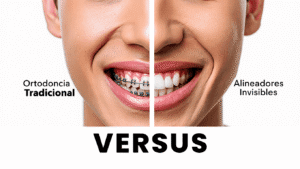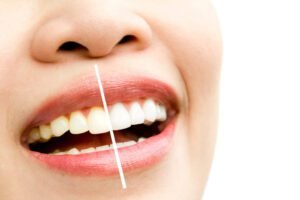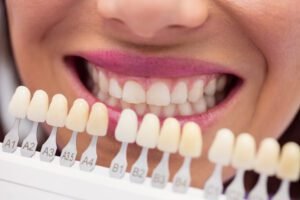We live in an era of filters, perfect Instagram smiles, and promises of instant results. It’s normal for someone to walk into the clinic asking directly for a whitening, veneers, or a smile makeover. But let’s pause for a second. What’s the point of a “perfect” smile if behind it there are inflamed gums, an unbalanced bite, or wear caused by bruxism?
Dental aesthetics is not (and shouldn’t be) just about looking good. It is—or should be—a reflection of well-maintained oral health, of a balanced function, of structures working in harmony. This is where the real debate begins: do we really have to choose between aesthetics and health? Or have we just gotten used to seeing them as enemies?
Is it possible to separate dental aesthetics and oral health?

Let me be honest: that division shouldn’t even exist. Aesthetics comes from function. It’s not a gimmick or a catchy slogan. It’s pure physiology. When a mouth functions well—when you chew properly, when there’s no pain, when the muscles are in balance—it looks good. Health creates aesthetics.
As I often say during consultations:
“Aesthetics goes 100% hand in hand with health. A well-executed treatment usually achieves proper function, and proper function always leads to aesthetics.”
Of course there are exceptions. Conical teeth, small anomalies, uneven sizes... that’s where aesthetics needs a little help. But that doesn’t mean we can skip health just to get to the “pretty result.”
The perfect balance: function, symmetry, and beauty
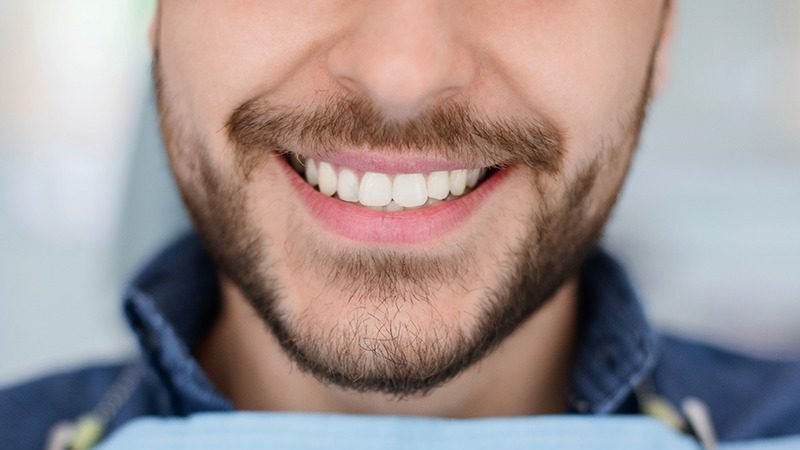
Did you know one of the first signs of functional imbalance can be something as simple as not liking your smile? It sounds superficial, but it’s a real symptom. A misaligned bite leads to asymmetrical teeth, abnormal wear, and muscle tension. That’s not just something you feel—you can see it.
When we work on function—that is, how you close your mouth, how you chew, how your teeth interact—we are also working on your aesthetics. An aligned, symmetrical, and functional mouth simply looks better. It’s nature, not makeup.
Treatments that combine health and aesthetics in dentistry
Many patients believe “health” treatments are one thing and “aesthetic” ones are something else. That couldn’t be further from the truth.
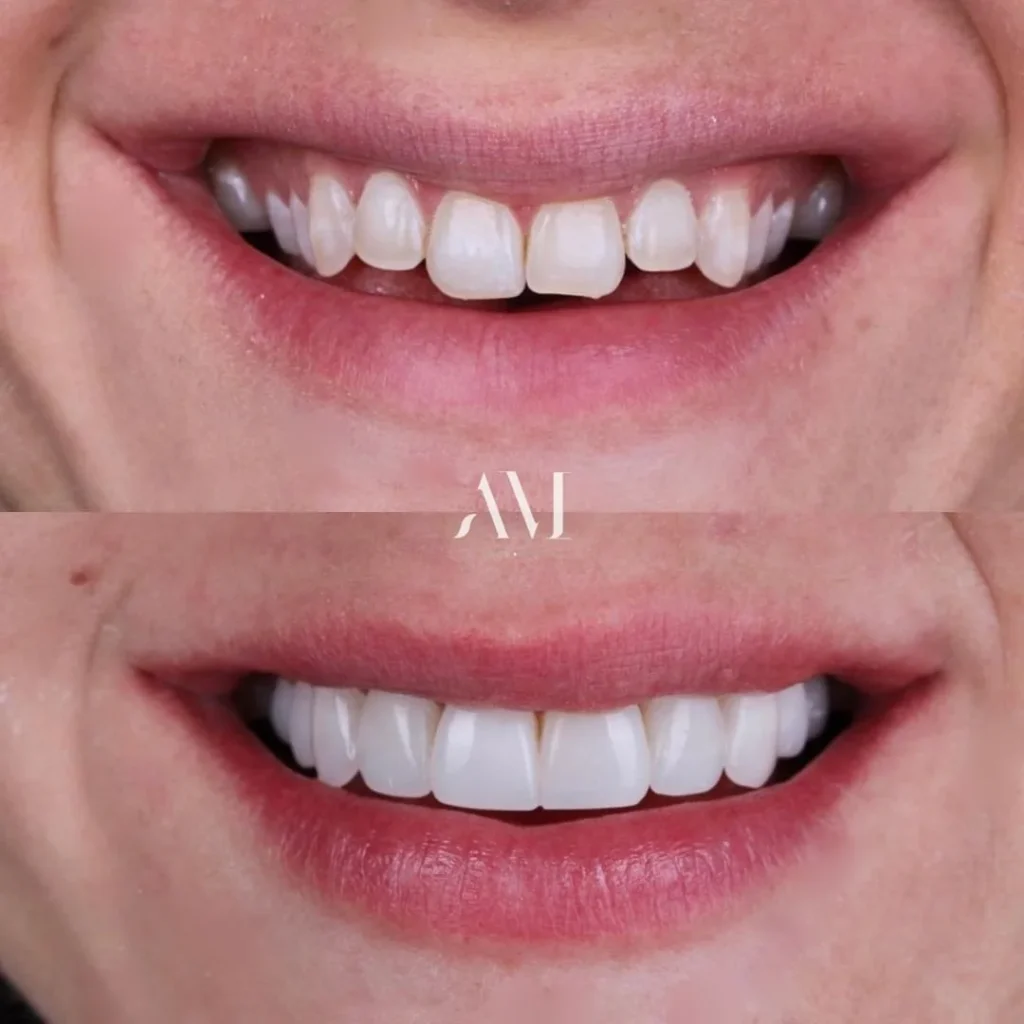
For example:
- Orthodontics: is it for alignment or bite correction? Both. It improves your aesthetics and also corrects joint and chewing problems.
- Veneers: when properly indicated, they can restore proportion to worn teeth and protect them.
- Smile design: yes, it can enhance aesthetics, but only when built on a solid foundation of oral health (not just by filing down healthy teeth).
- Oral rehabilitation: a well-done rehab doesn’t just improve your smile’s appearance; it restores function, stabilizes the bite, balances muscles, and even improves posture.
Each of these treatments, when properly diagnosed, is health turned into beauty.
When does aesthetics require more than just health?
There are cases where everything functions well, but the patient still isn’t satisfied. No pain, no inflammation, the bite is correct... but the teeth are small, or have unbalanced shapes, or simply don’t reflect what the patient wants to express. And that’s okay.
That’s when we enter the realm of pure aesthetics. But even then, it shouldn’t be improvised. An aesthetic treatment without a diagnosis is a disaster waiting to happen.
As I said earlier:
“The only time aesthetics is compromised is when there’s an underlying issue. Like small teeth, discrepancies in the size of upper and lower teeth, conical teeth, shape and size anomalies. That’s the only reason.”
Even in those cases, a function-based approach allows us to solve the aesthetic issue without compromising health.
The importance of a comprehensive diagnosis in aesthetic dentistry
This is where many treatments fail. Not because of the technique, or the materials, or even the dentist. They fail because there was no diagnosis. They jump straight to aesthetics without evaluating how the mouth functions. Without checking for bruxism. Without checking the gums. Without evaluating the bite. And then problems appear.
A good diagnosis doesn’t just tell you what looks off. It tells you why it looks that way.
And that’s the real power of diagnosis: not just preventing damage, but keeping aesthetics from becoming your worst enemy.
Common myths about dental aesthetics

Here are a few myths I hear almost daily:
🔸 “Si me hago carillas ya no tengo que preocuparme por mis dientes”
Falso. Las carillas se colocan sobre tus dientes, no los reemplazan. Si tienes enfermedad periodontal o bruxismo, lo estético no durará nada.
🔸 “Blanquearse los dientes mejora la salud bucal”
No necesariamente. Puede verse mejor, pero si hay sensibilidad, fisuras o caries, el blanqueamiento puede empeorar la situación.
🔸 “Un diseño de sonrisa me va a dar una mordida perfecta”
Depende. Si el diseño se hace sin tomar en cuenta tu oclusión, puede incluso romperla. El diseño debe ser funcional primero, y luego bonito.
🔸 “Si se ve bien, está bien”
No siempre. Un diente con infección puede lucir perfecto por fuera. La salud va por dentro.
Conclusions: aesthetics as a reflection of oral health
This shouldn’t be an article about “aesthetics versus health.” It should be about how aesthetics IS health. Because when a treatment is well done, thought through from the root—bone, gum, bite, function—the aesthetic result comes naturally.
No se trata de elegir entre verte bien o estar bien. Se trata de entender que una sonrisa sana es la que más brilla. 😉

